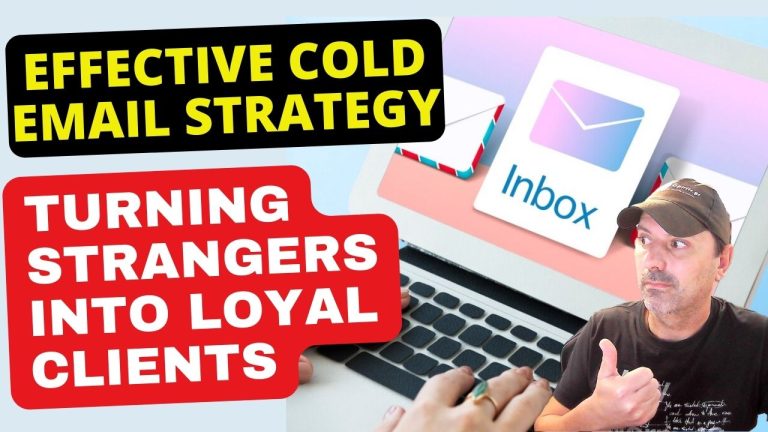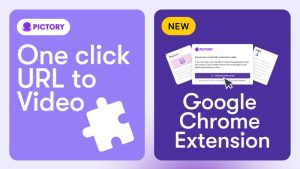Cold emailing, when done correctly, can be a powerful tool to reach out to potential clients, partners, or employers. However, a successful cold email requires careful planning and execution. This article will guide you through a well-crafted strategy to maximize the effectiveness of your cold emails.
1. Research Your Target
Before sending a cold email, it’s crucial to understand your recipient. Research their background, company, and recent activities. Tailor your email to show that you’ve done your homework and are genuinely interested in them.
2. Craft a Compelling Subject Line
Your subject line is the first thing the recipient sees and can determine whether they open your email. Keep it short, personalized, and intriguing. Examples include:
- “Quick Question About [Company]’s Recent Project”
- “Idea for Improving [Specific Aspect] at [Company]”
- “Loved Your Article on [Topic] – A Thought”
3. Personalize the Email
Personalization goes beyond using the recipient’s name. Reference something specific about their work or company. Mention a recent achievement, a shared connection, or a mutual interest. This shows you’ve put effort into the email and aren’t just sending a generic message.
4. Provide Value
Your email should offer something of value to the recipient. This could be a useful resource, a solution to a problem they’re facing, or an idea that could benefit their business. Make it clear why you’re reaching out and what they stand to gain.
5. Keep It Short and Concise
Busy professionals don’t have time to read long emails. Keep your message concise and to the point. Aim for 3-4 short paragraphs, and use bullet points if necessary to highlight key information.
6. Use a Professional Tone
While it’s important to be friendly, maintain a professional tone. Avoid slang and overly casual language. Your email should reflect your professionalism and respect for the recipient’s time.
7. Include a Clear Call to Action
What do you want the recipient to do after reading your email? Whether it’s scheduling a call, replying with feedback, or reviewing a proposal, make your call to action clear and easy to follow.
8. Follow Up (But Don’t Overdo It)
If you don’t get a response, it’s okay to send a follow-up email. Wait at least a week before doing so, and keep your follow-up polite and respectful. Don’t send more than two follow-up emails unless you receive a response.
Sample Cold Email Template
Subject: Idea for Boosting [Company]’s [Specific Aspect]
Hi [Recipient’s Name],
I hope this message finds you well. I recently came across [specific achievement or activity], and it truly impressed me.
As someone who has been closely following [Company], I noticed [specific detail] and thought you might be interested in [idea/solution/resource]. Implementing this could [specific benefit], which aligns with [Company]’s recent goals.
I would love to discuss this further and see how we might collaborate. Could we schedule a brief call next week?
Thank you for your time, and I look forward to your response.
Best regards,
[Your Name]
[Your Position]
[Your Contact Information]
Conclusion
A well-crafted cold email can open doors to new opportunities and valuable connections. By researching your target, personalizing your message, providing value, and following up appropriately, you can increase your chances of getting a positive response. Remember, the key to a successful cold email is showing genuine interest and offering something of value to the recipient.











